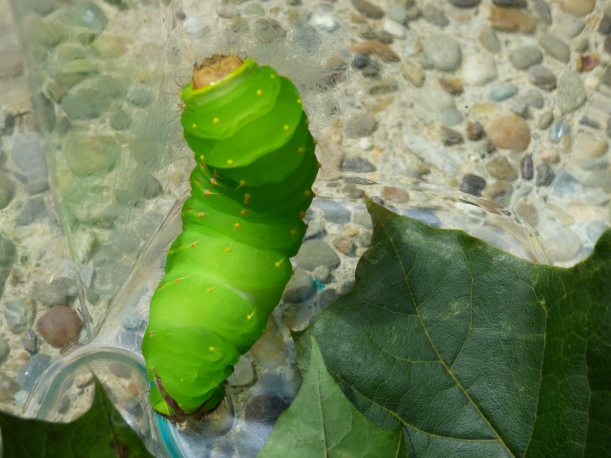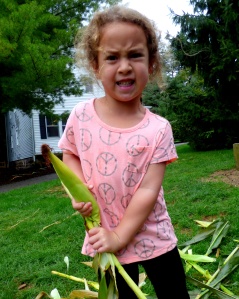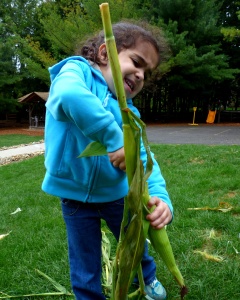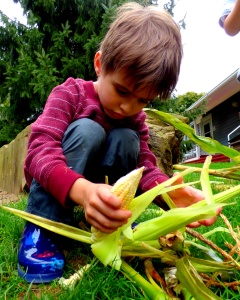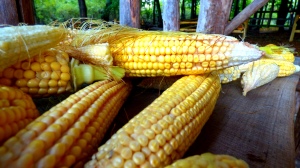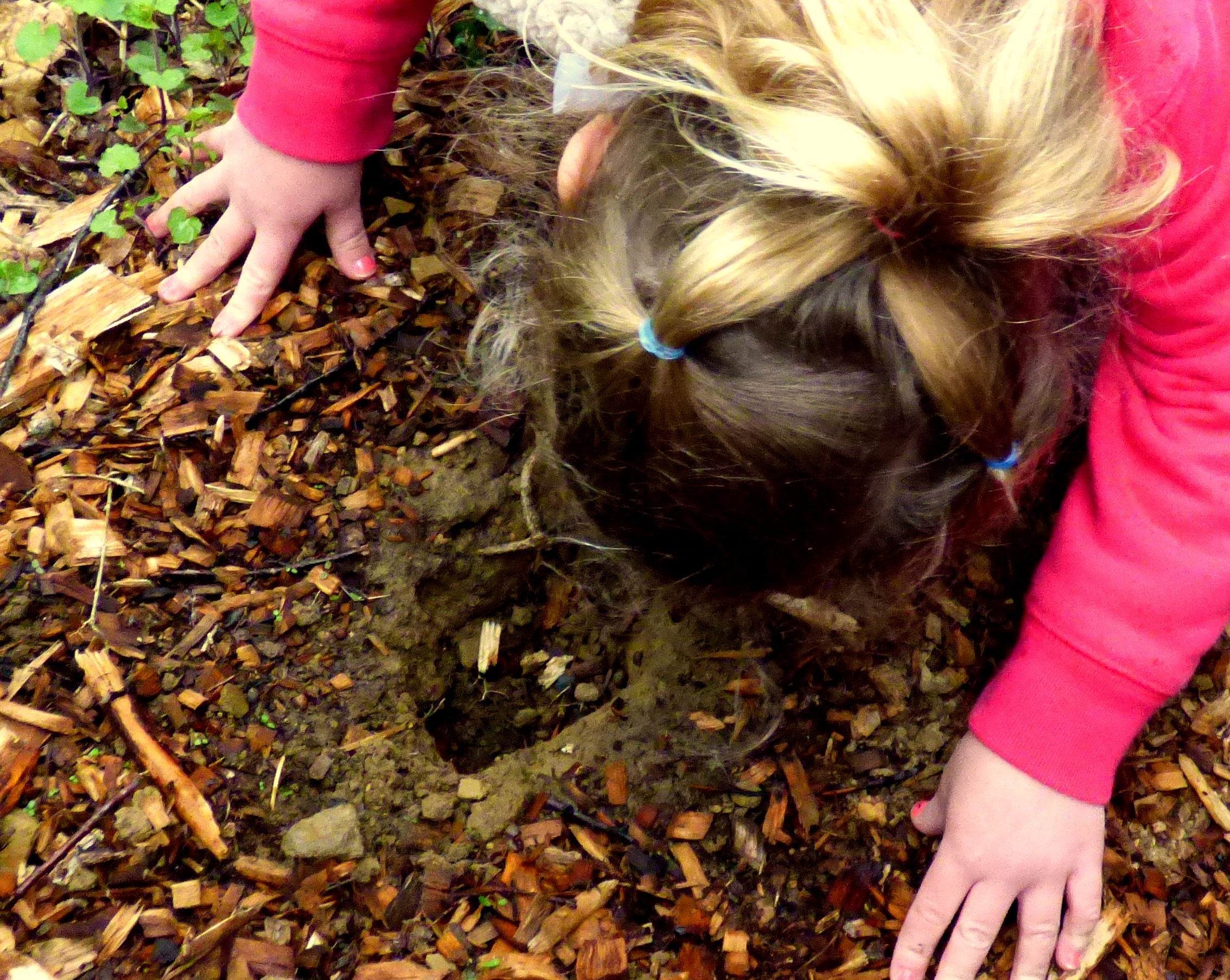
Big discussion this morning in the forest: What made this hole? The first discovers were sure it was a snake. Laughing, screaming, and yelling warnings while running through the woods followed. This brought the rest of us in for closer inspection. Many assured us that it was definitely a snake hole. That is until we were presented with another idea.
MF: It is not a snake hole. It is a mole hole.
Mrs. F: Oh, how can you tell?
MF: Mole holes have the dirt pushed up around the edge like this. Moles are bad. My grandpa has them all over his yard. We put little yellow worms in that the moles don’t like and they go away.
VJ: Snakes don’t dig holes. They slither and there are no slithers here.
FD: Moles aren’t bad. They are cute. I held one once and they are cute.
GS: Yeah, moles are good for the world. They help trees and plants grow.
AZ: No, it’s definitely a snake hole. RUN!!!!
After this discussion, some of the children remained to contemplate the origins of the hole. The rest ran off to run from the attacking moles and snakes. It appears it doesn’t matter what is attacking, it’s just fun to run around hiding from the imaginary threat.

